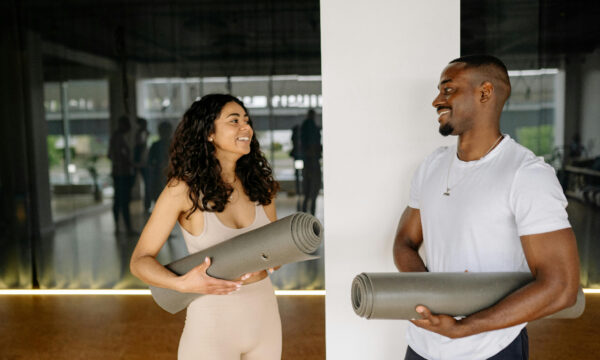How do anti-wrinkle injections work to relax facial muscles?

Many are aware that anti-wrinkle injections can reduce the visibility of fine lines and wrinkles. Modern beauty therapy has grown to include them significantly. Although most people understand that they make skin look smoother and younger, many are fascinated by the science underlying how these injections work. Knowing how things operate at a deeper level enables people to make better choices regarding the therapies they require, and it emphasises the importance of locating experienced experts to achieve natural outcomes.
Many people visiting wrinkle treatments London clinics are shocked to discover that anti-wrinkle injections function by temporarily inhibiting the nerve signals that cause muscle contraction. The treatment targets the neuromuscular junction, where nerves and muscles meet, using a refined protein. The muscles don’t contract as hard when this link is severed. As a result, the skin below may relax and smooth out, thereby reducing the visibility of dynamic wrinkles caused by regular facial motions.
Searching for the origin of expression lines
Smiling, frowning, or squinting can cause the muscles beneath the skin to tense several times. Constant movement causes lines and wrinkles to appear gradually, particularly on the forehead, between the brows (the glabella), and around the eyes (crow’s feet). By relaxing the muscles generating the lines, anti-wrinkle injections directly address the areas they affect.
Treatment, therefore, aims not to halt all movement and speech. To minimise wrinkles while still allowing the patient to display authentic emotions, a qualified practitioner will carefully choose where and how much to inject. Done correctly, the face appears fresh, natural, and pleasant rather than frozen.
After an injection: What to do
The advantages of an anti-wrinkle injection do not appear immediately. Typically, the first signs of fine lines and wrinkles appear three to seven days after therapy. It lasts in full effect for roughly two weeks. The muscles treated at this time became less permeable to nerve signals, thereby smoothing the skin surface.
Typically, outcomes last for three to six months. Muscle activity then gradually returns, and lines may reappear. Some patients discover that their muscles change over time and that they require less treatment or lower doses to maintain a youthful appearance. Regular maintenance sessions make the desired outcome last longer.
Safety and accuracy are key
Anti-wrinkle injections alter the function of facial muscles; therefore, being precise about where to place them and how much to administer is crucial. An experienced practitioner must have a thorough understanding of facial structure to achieve balanced, symmetrical outcomes and prevent undesired side effects, such as asymmetry or a heavy-looking brow.
Patients should understand that the chosen approach significantly impacts these therapies. A good provider guarantees safe and effective treatment. The outcomes should accentuate the natural attractiveness of the face rather than altering it.
Final reflections
Anti-wrinkle injections reduce the visibility of dynamic wrinkles and smooth the face by quickly relaxing some facial muscles. People searching for wrinkle treatments value accuracy and understanding, particularly since these shots are scientifically founded. Anti-wrinkle treatments are a safe and effective approach to rejuvenate the appearance while preserving a natural facial expression, provided they are administered properly and maintained regularly.
The editorial unit
























Facebook
Twitter
Instagram
YouTube
RSS